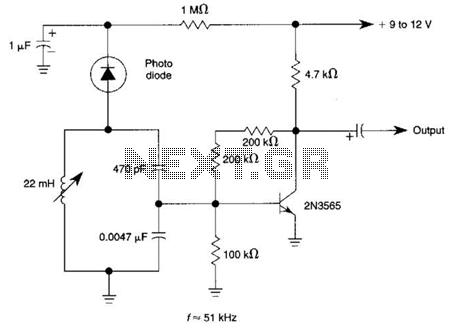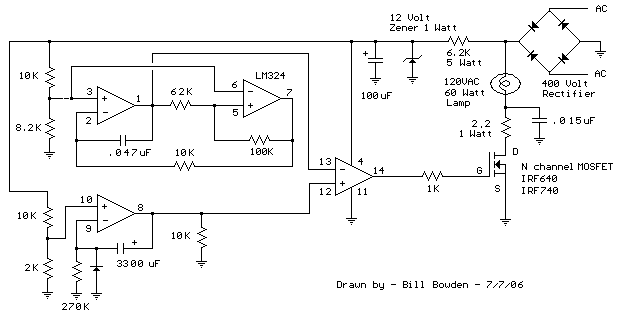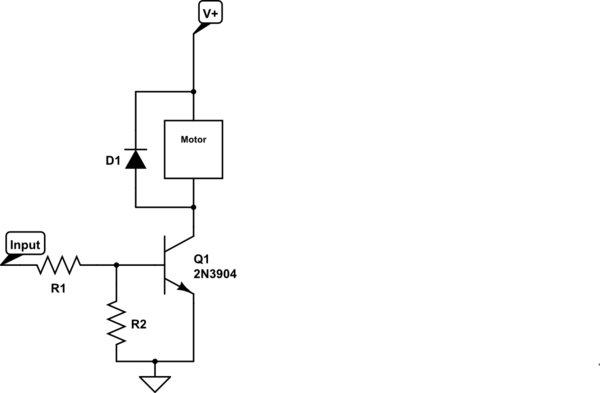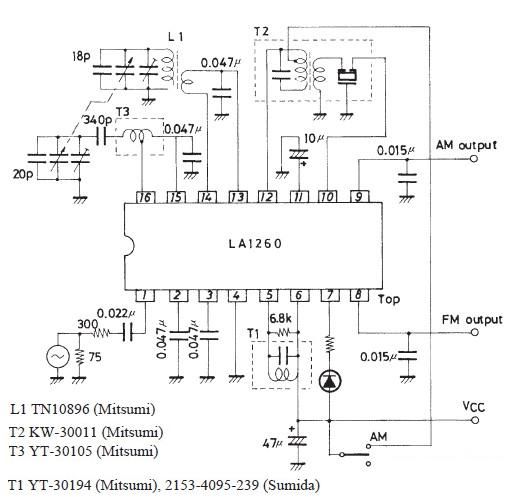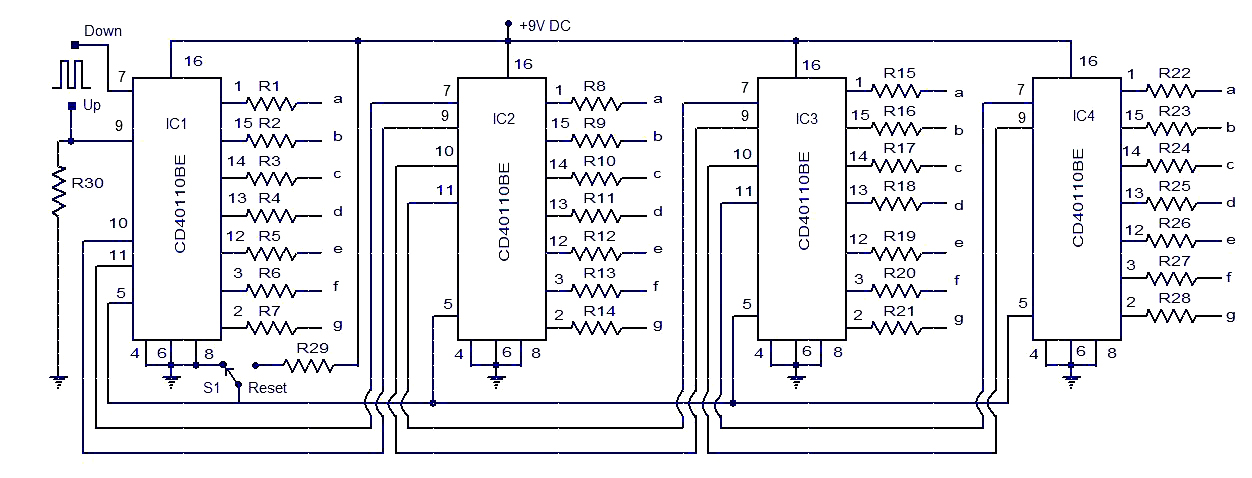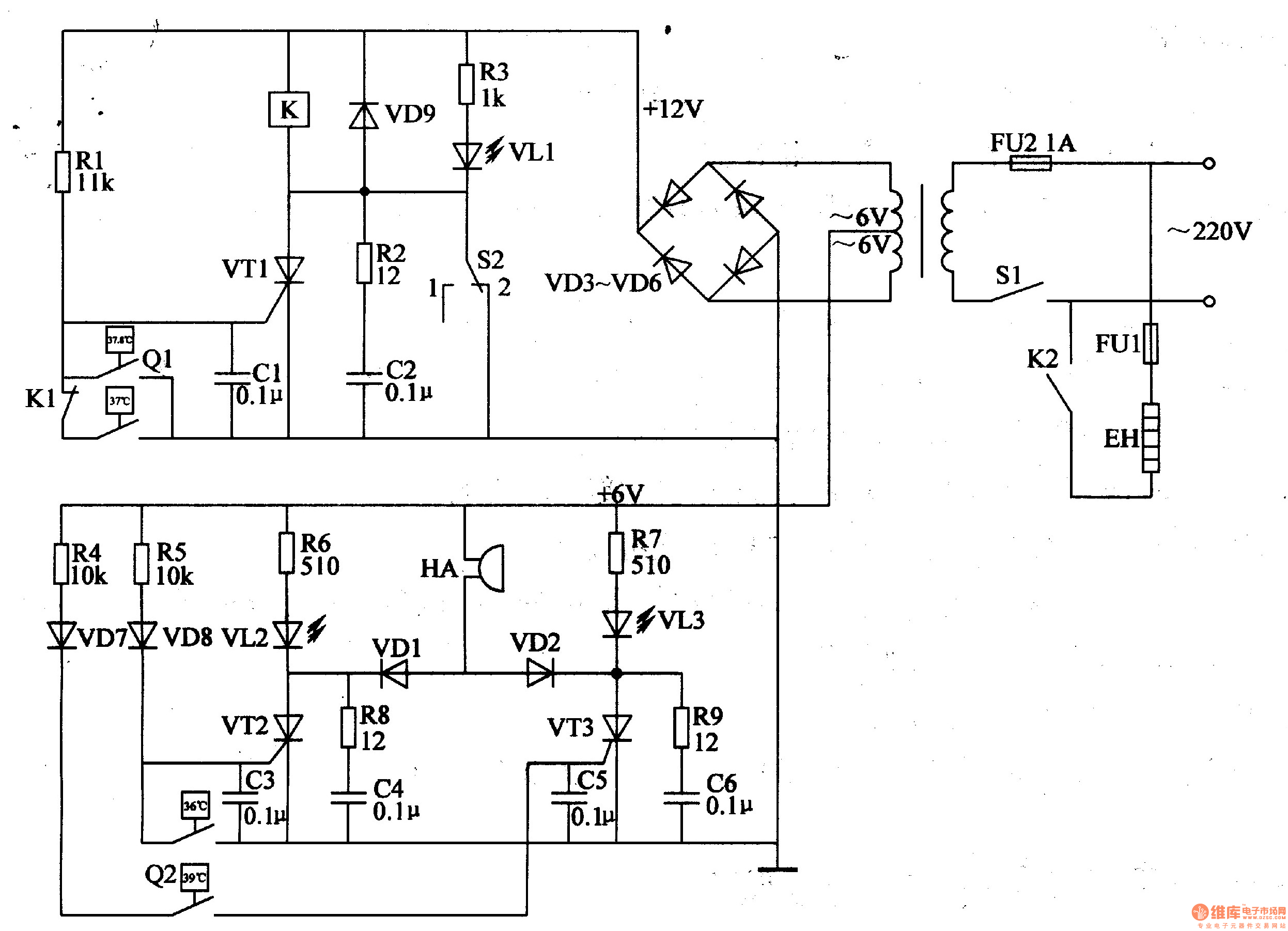
LCD series microprocessor circuit diagram of speech synthesis
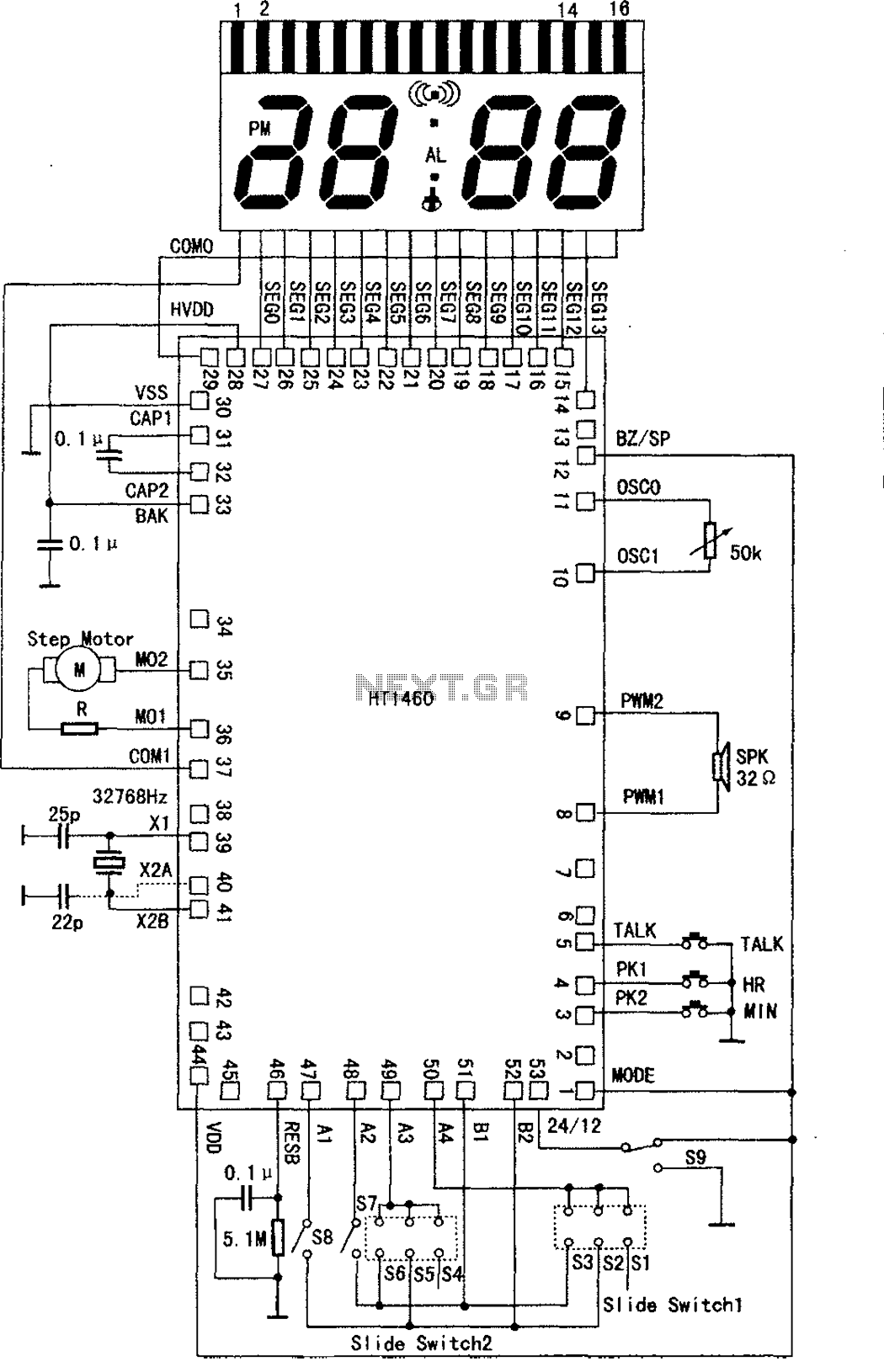
The speech synthesis circuit incorporates a microprocessor series, LCD drivers, a clock oscillator, input and output ports, memory, and a multi-voice audio signal amplifier circuit unit. This series circuit is primarily utilized in voice clocks, thermometers, electronic calendars, and intelligent voice toys. A typical application circuit is illustrated by the HT1460.
The speech synthesis circuit is designed to generate human-like voices from textual input, making it suitable for various applications that require vocal output. The core component, a microprocessor, handles the processing of speech data and controls the overall functionality of the circuit. The integration of LCD drivers allows for visual output, displaying relevant information or messages alongside the audio output.
The clock oscillator is crucial for timing operations within the circuit, ensuring that audio playback is synchronized accurately with other functions. Input and output ports facilitate user interaction and connection to other devices, enabling features such as voice recording and playback, as well as control over volume and other audio parameters.
Memory components are essential for storing speech data, allowing the circuit to reproduce a range of voices and phrases. The multi-voice audio signal amplifier enhances the audio output, ensuring that the synthesized speech is clear and audible.
This circuit is particularly effective in applications such as voice clocks, where it announces the time audibly, and in electronic thermometers that provide verbal temperature readings. Additionally, it can be used in electronic calendars that vocalize events and reminders, as well as in intelligent voice toys that interact with users through speech. The HT1460 serves as a reference design, showcasing the typical configuration and connections required for implementing this speech synthesis functionality in various electronic devices.The speech synthesis circuit embedded microprocessor series, LCD drivers, clock oscillator, input and output ports, memory and multi-voice audio signal amplifier circuit unit. This series circuit is mainly used for voice clocks, thermometers, electronic calendar, intelligent voice toys. As shown in the typical application circuit HT1460.
The speech synthesis circuit is designed to generate human-like voices from textual input, making it suitable for various applications that require vocal output. The core component, a microprocessor, handles the processing of speech data and controls the overall functionality of the circuit. The integration of LCD drivers allows for visual output, displaying relevant information or messages alongside the audio output.
The clock oscillator is crucial for timing operations within the circuit, ensuring that audio playback is synchronized accurately with other functions. Input and output ports facilitate user interaction and connection to other devices, enabling features such as voice recording and playback, as well as control over volume and other audio parameters.
Memory components are essential for storing speech data, allowing the circuit to reproduce a range of voices and phrases. The multi-voice audio signal amplifier enhances the audio output, ensuring that the synthesized speech is clear and audible.
This circuit is particularly effective in applications such as voice clocks, where it announces the time audibly, and in electronic thermometers that provide verbal temperature readings. Additionally, it can be used in electronic calendars that vocalize events and reminders, as well as in intelligent voice toys that interact with users through speech. The HT1460 serves as a reference design, showcasing the typical configuration and connections required for implementing this speech synthesis functionality in various electronic devices.The speech synthesis circuit embedded microprocessor series, LCD drivers, clock oscillator, input and output ports, memory and multi-voice audio signal amplifier circuit unit. This series circuit is mainly used for voice clocks, thermometers, electronic calendar, intelligent voice toys. As shown in the typical application circuit HT1460.
